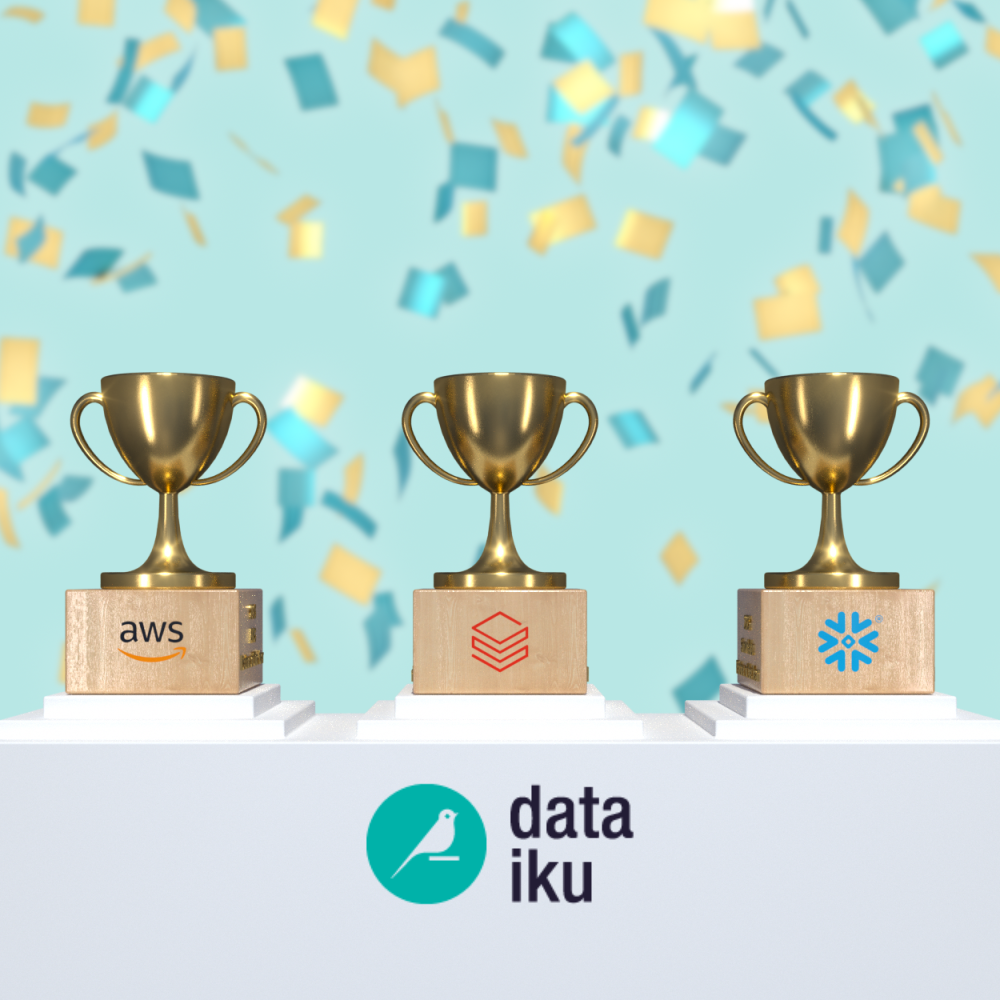It’s Monday morning, marketing just asked a seemingly simple question: “Which suppliers are driving the most customer complaints, and are there any patterns?”
You know the answer exists somewhere in your data. But first, you need to pull transactions from your data warehouse, feedback from Salesforce, supplier info from the enterprise resource planning (ERP), and unstructured text from support tickets. So, you open your SQL client. Then your Python notebook. You export a CSV … and then another one. Three hours later, you might have clean data, though you’re second-guessing yourself. Did you miss something? Should you check that other dashboard with slightly different numbers?
This is the reality for many analysts. According to McKinsey, data users spend 30%-40% of their time simply searching for data, and another 20%-30% cleaning it when governance is weak. That’s nearly half the workweek preparing data instead of analyzing it.
The “Best-in-Class” Trap
Why does this keep happening? Because many organizations fall into what might be called the “best-in-class” trap. Each department chooses its own tools: Marketing has its BI platform, finance builds something in SAS, operations uses Qlik, and sales lives in its own data warehouse.
You, the analyst or analytics leader, sit in the middle, manually stitching everything together whenever someone asks a question. The result: endless copy-pasting, mismatched numbers, and eroding trust in dashboards as every system tells a slightly different story. Teams fall back to spreadsheets and gut decisions — not by choice, but because the stack makes it hard to do better.
It’s not just frustrating; it’s costly. Fragmentation inflates both data spend and manual effort. McKinsey finds that disciplined governance and standardization can dramatically reduce waste and improve productivity, turning fragmented data management into a true performance advantage.
The Promise (and Reality) of AI
It’s tempting to think, “This is where AI comes in and fixes everything.” And in many ways, it does help. Nearly every analyst team is experimenting with AI tools, 97% by some estimates, and some report saving up to 16 hours a week by automating SQL writing, data transformations, and reporting.
But the reality is more nuanced. AI can hallucinate, producing results that look right but aren’t. Integration is rarely seamless, governance remains critical, and validation still demands human oversight. So while AI delivers real productivity gains, most teams remain stuck in pilot mode, experimenting without truly operationalizing.
Why? Because when AI sits on top of a fragmented data stack, it becomes just another disconnected tool.
Unifying Analysts, Data, & AI in One Place
Imagine everything (data, analysis, and AI) in one workspace. When that happens, three core capabilities transform how analysts work:
- AI agents that give real answers. Not chatbots that point you to documentation, but AI agents that connect directly to your enterprise data and return trusted, explainable insights. Need supplier analysis? You can build an agent in minutes with secure connections to your existing data sources.
- Finding what you need, when you need it. No more starting from scratch. Analysts can use templates, access “golden” datasets with built-in quality checks, and rely on a single, governed source of truth.
- Building with confidence through speed and control. GenAI assistants can support every step (preparing data, generating transformations, creating visualizations, etc.) while you stay in command, validating outputs and maintaining oversight.
When these come together, you go from question to insight, fast.
Bringing It to Life: A Day in the Life of a Supply Chain Analyst
Let’s revisit that Monday morning question again: “Which suppliers are driving the most delays and why?” In a unified workspace, the analyst doesn’t bounce between systems or manage a trail of CSV exports. They start with a single natural language query: “Show me delay rates by supplier.” Within seconds, AI surfaces the result, complete with reasoning and traceable data sources. Every step is visible, so trust is built in.
If a standard agent can’t answer everything, you spin up your own: Upload a handful of supplier contracts, define the context (e.g., “extract grace periods and penalty terms”), and connect approved tools. In minutes, you’re testing outputs and sharing the agent with teammates.
From there, you scale: what began with one contract becomes a repeatable pipeline that processes thousands. Prompt-driven extraction turns unstructured text into structured fields (supplier, terms, grace period), which you join to transactional data to compute “delay minus grace period” across every supplier. No manual coding, no switching between tools, just one transparent, explainable workflow.
Confidence, Governance, & Reuse at Scale
A unified approach makes analysis faster and safer. Built-in governance ensures every project meets enterprise standards for documentation, metadata, and data quality. Analysts can:
- Validate outputs visually at every step.
- Add automated quality checks (e.g., “no empty supplier fields”).
- Schedule pipelines to refresh automatically.
- Tag and publish datasets for reuse across teams.
And because the platform connects directly to existing cloud and data infrastructure, there’s no “rip and replace,” just acceleration.
From Monday Pain to Meaningful Insight
The next time someone asks, “Which suppliers are driving delays?” you won’t trigger hours of manual prep. You’ll run a connected flow that spans data, AI, and governance in one place, delivering a trusted answer, faster than ever.
That’s the modern analyst experience: trusted data, intelligent automation, and human judgment working together.




